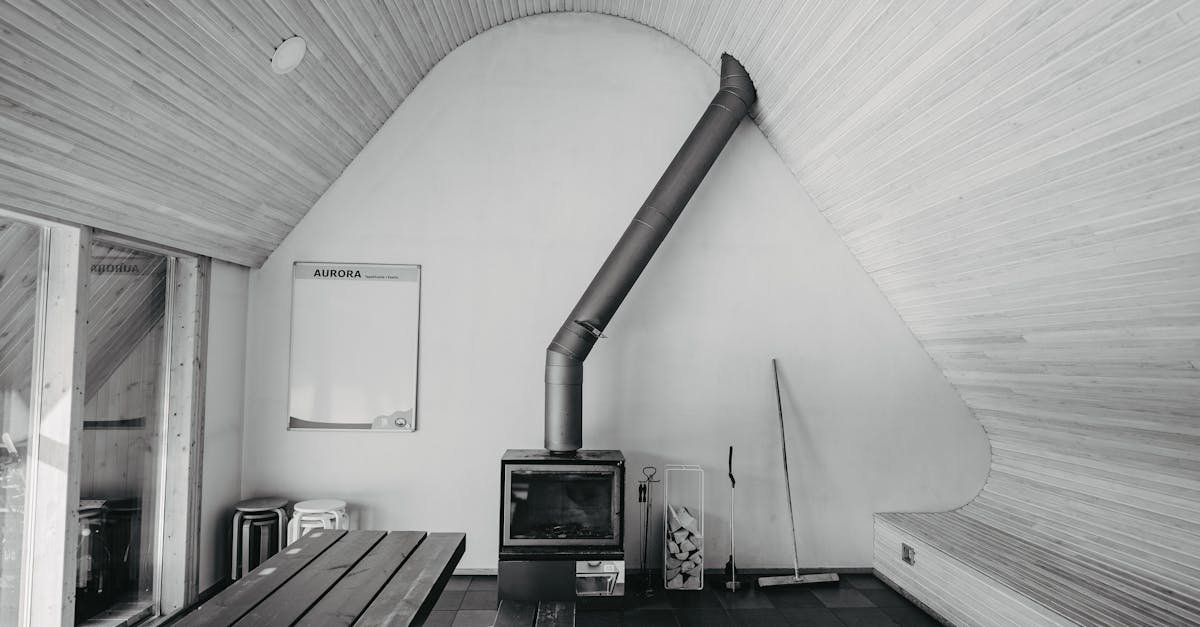To size electric baseboard heaters effectively, aim for about 10 watts per square foot of heated space. This ensures your room stays warm and comfortable without wasting energy.
Consider factors like room insulation, ceiling height, and the number of windows, as these can influence your heating needs. For example, a well-insulated room may require less wattage than a drafty one. By calculating the right size, you’ll not only enhance comfort but also optimize energy efficiency in your home.
Understanding Electric Baseboard Heaters
Electric baseboard heaters fit along the baseboards of rooms. They convert electrical energy into heat and distribute it through convection. These units are long and narrow, usually 7 to 10 inches high and about 3 inches from the wall.
What Are Electric Baseboard Heaters?
Electric baseboard heaters offer a direct heating method. They mount close to the floor, providing warmth from the ground upward. This design creates a comfortable environment in any room. They operate silently and don’t require ductwork, making them easy to install.
- Zone Heating: Electric baseboard heaters enable zone heating. You can warm only the rooms needed. This approach saves energy and cuts costs, ensuring you heat spaces efficiently.
- Easy Installation: Installing electric baseboard heaters ranks as a straightforward process. A qualified electrician is recommended, especially for new installations or 240-volt circuits. Once set up, these heaters require minimal maintenance.
- Space Efficiency: These heaters occupy little wall space. They integrate seamlessly into any decor. You can place furniture close without blocking heat distribution.
- Customizable Temperature Control: Electric baseboard heaters often come with individual thermostats. You control the temperature in each room. This feature helps maintain comfort across different areas in your home.
Remember, sizing your electric baseboard heaters correctly matters. Proper sizing ensures optimal efficiency and comfort in your living spaces.
Factors to Consider When Sizing Electric Baseboard Heaters
When sizing electric baseboard heaters, several factors play a crucial role in ensuring effective heating. Understanding these factors improves comfort and optimizes energy use.
Room Size and Layout
To determine the required wattage, multiply the room’s square footage by a baseline of 10 watts per square foot. This is suitable for rooms with 8-foot ceilings and average insulation. For example, a 10-foot by 10-foot room (100 square feet) needs 1000 watts of heating.
Adjust for different ceiling heights. Add 25% more wattage for every 2 feet of additional height. A room with a 10-foot ceiling would need 25% more wattage. If the ceiling reaches 12 feet, increase the wattage by 50%. Consider also the layout. Long, narrow rooms may require heaters placed along the longer walls for even heat distribution.
Insulation and Climate
Insulation plays a significant role in heating requirements. Well-insulated homes retain heat better, reducing the wattage needed. Check the insulation type and quality. If insulation is poor, increase wattage by 10-20% to compensate.
Climate affects heating needs as well. Colder regions require more wattage. For instance, a house in a mild climate may need less than one in a harsh winter environment. Assess local climate conditions to determine if additional wattage is necessary for comfort.
By considering these factors, you can size electric baseboard heaters more accurately for your specific needs. Adjust for room size, layout, insulation, and climate to create a cozy, efficient living space.
How to Calculate the Required Wattage
Calculating the required wattage for electric baseboard heaters involves simple methods. Follow these guidelines to ensure accurate sizing based on room characteristics.
Formula for Determining Wattage
Use the square footage of your room to find the wattage. The general rule states that you multiply the room’s square footage by 10 watts per square foot.
- Equation: Room Square Footage x 10 watts per square foot.
- For example, a room 10 feet long and 10 feet wide (100 square feet) requires (100 \text{ sq. ft.} \times 10 \text{ watts/sq. ft.} = 1000 \text{ watts}).
This method provides a quick estimate. But, further adjustments enable a more refined calculation.
Examples of Wattage Calculation
Adjust wattage based on room features such as ceiling height and insulation. Here are the adjustments you should consider.
- Ceiling Height:
- For 8-foot ceilings, use 10 watts/sq. ft.
- For 10-foot ceilings, increase to 12.5 watts/sq. ft. (an additional 25%).
- For 12-foot ceilings, increase to 15 watts/sq. ft. (an additional 50%).
- Insulation Quality:
- If the room’s insulation is poor, increase the wattage estimate by 10-20%.
By using these simple calculations and adjustments, you can determine the right wattage for your electric baseboard heater, ensuring efficient heating for your space.
Common Mistakes in Sizing Electric Baseboard Heaters
Understanding common mistakes in sizing electric baseboard heaters helps you avoid inefficient heating and rising energy costs. Here are key missteps to consider.
Overestimating Heat Needs
Overestimating heat needs often leads to oversized heaters in your rooms. Many people use a one-size-fits-all approach, assuming more wattage equals more warmth. This isn’t accurate. For an 8-foot ceiling, you only need around 10 watts per square foot. If you add 25% more wattage for every 2 feet of ceiling height, you may end up with too much heat, wasting energy and increasing costs. Stick to the calculations based on your actual room size and insulation quality to find the right heater size for your space.
Underestimating Heat Distribution
Underestimating heat distribution is another common mistake. You may think that simply placing a heater in one corner of the room will suffice. Heat naturally rises, and cold spots can develop in corners farthest from the heater. Utilizing several smaller heaters or strategically positioning one larger heater helps distribute warmth evenly. Factor in the room layout, furniture placement, and potential obstructions that block airflow. A well-positioned heater ensures comfortable temperatures throughout the entire space.
Tips for Effective Installation and Placement
Effective installation and placement are key for maximizing the performance of electric baseboard heaters. Follow these tips to ensure you get it right.
Optimal Placement in a Room
Place electric baseboard heaters along exterior walls. This positioning helps counteract cold air entering from windows and doors. Keep heaters clear of furniture and curtains. Maintain at least a 12-inch gap in front for optimal airflow. Avoid placing them directly under windows. If unavoidable, use window treatments that insulate while not obstructing airflow.
Install heaters on the wall opposite the primary heat source. This approach improves heat distribution throughout the room. For larger spaces, consider multiple heaters. Separating them allows for even warmth and prevents cold spots.
Installation Considerations
Consult a qualified electrician for installation. They ensure connections meet local codes and safety standards. Choose a location with easy access to power. It simplifies wiring and minimizes installation complexity.
Verify the heater’s wattage matches your calculated needs. Oversized units waste energy, while undersized units may not adequately heat your space.
Set thermostats for each heater to control heating zones effectively. This control saves energy by warming only occupied areas.
Consider using wall-mounted heaters. This design keeps heaters out of the way and maintains aesthetics. Follow all manufacturer instructions for the best results.
Prioritize safety. Maintain minimum spacing from combustible materials and ensure that the heater’s total wattage doesn’t exceed electrical circuit limits.
Conclusion
Sizing electric baseboard heaters correctly is essential for achieving comfort and energy efficiency in your home. By understanding your specific heating needs and considering factors like insulation and room layout, you can select the right wattage to keep your space warm without wasting energy.
Remember to avoid common sizing mistakes and ensure proper placement for optimal heat distribution. With the right approach, you’ll not only enhance your living environment but also enjoy lower energy costs. Take the time to calculate your requirements accurately and consult a qualified electrician for a safe installation. Your home will thank you for it.








